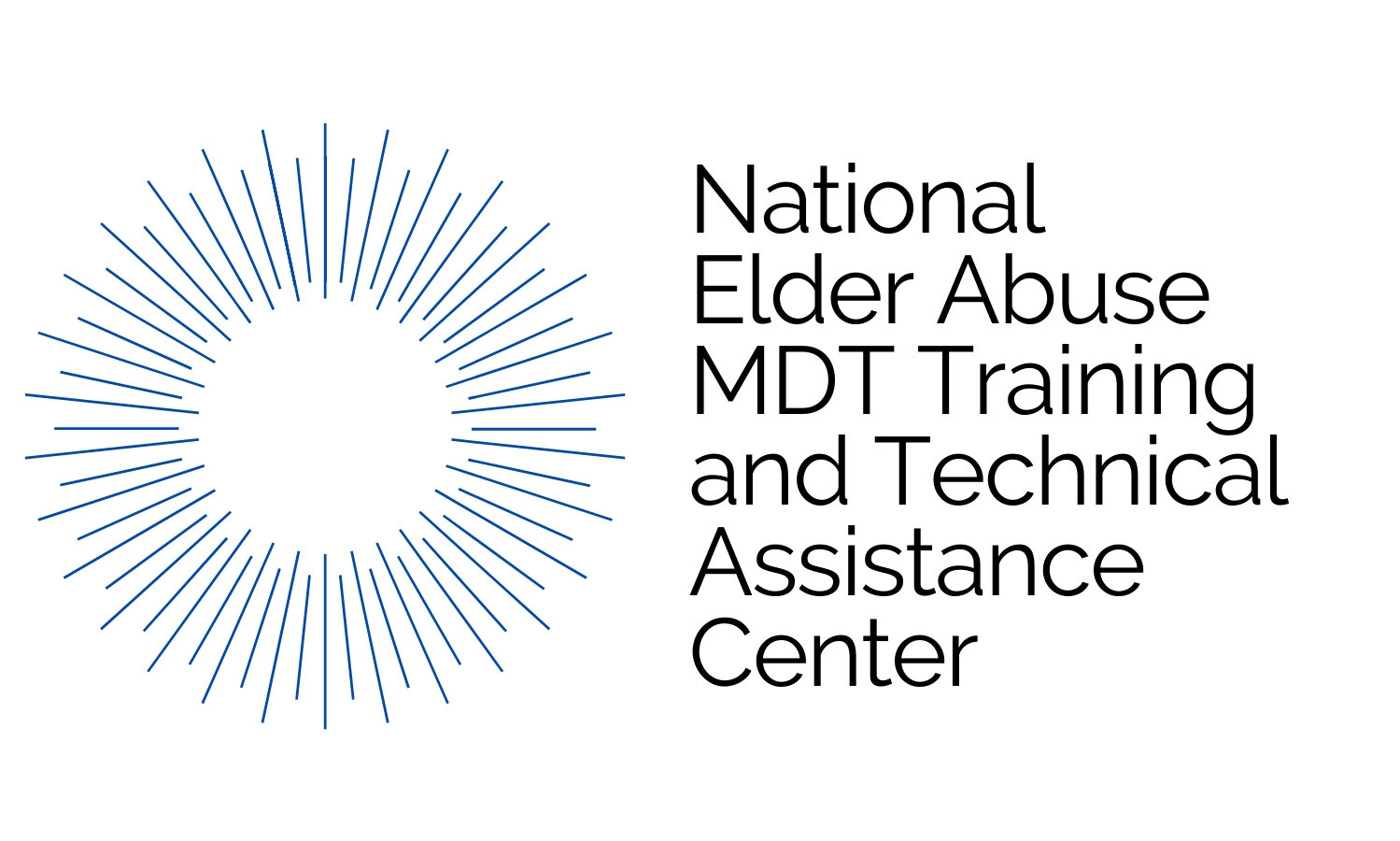Elder Abuse Enhanced Multidisciplinary Teams (E-MDTs) have emerged as a crucial force in the fight against elder abuse. By facilitating collaboration, expertise sharing, and comprehensive approaches, E-MDTs offer an effective response to the complex and multifaceted issue of elder abuse. Some of the key developments in the landscape have included:
E-MDTs are moving beyond reactive approaches to focus on prevention, leveraging technology to improve efficiency and response, and placing a greater emphasis on empowering and advocating for elder abuse victims. As these trends continue to shape the field, E-MDTs are becoming more effective in safeguarding the rights and well-being of older adults, offering hope for a future where elder abuse is mitigated and prevented on a larger scale.
